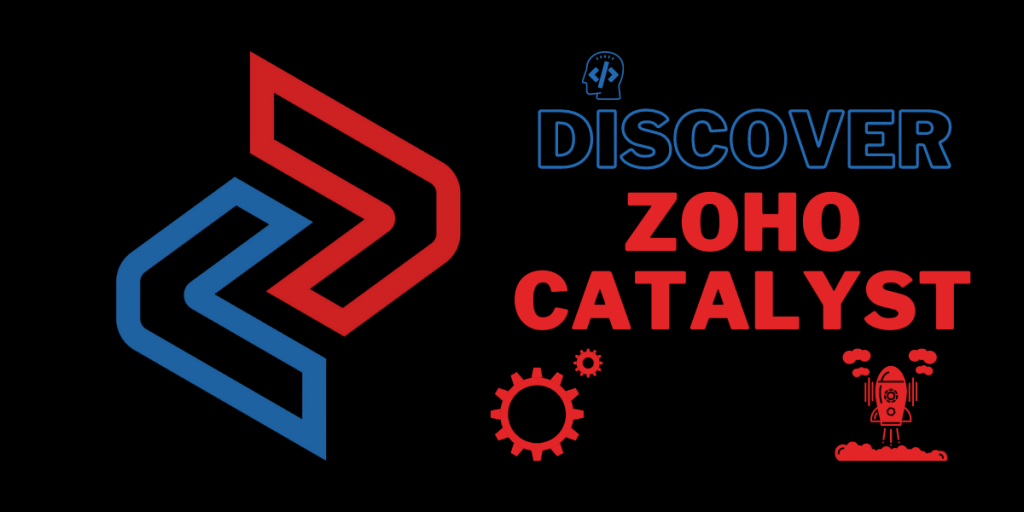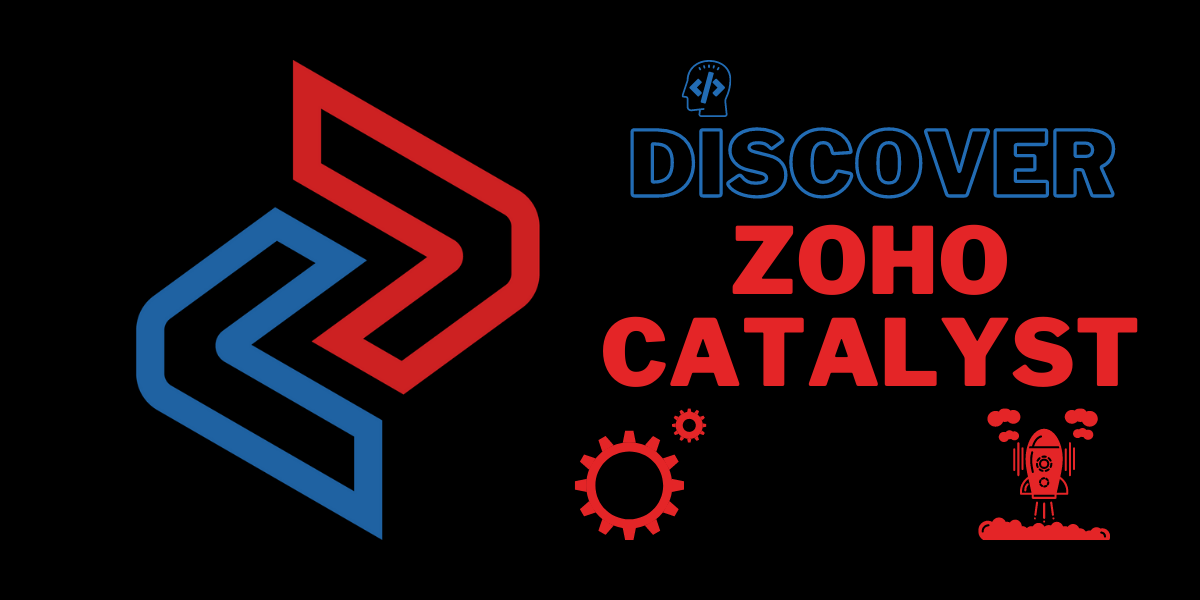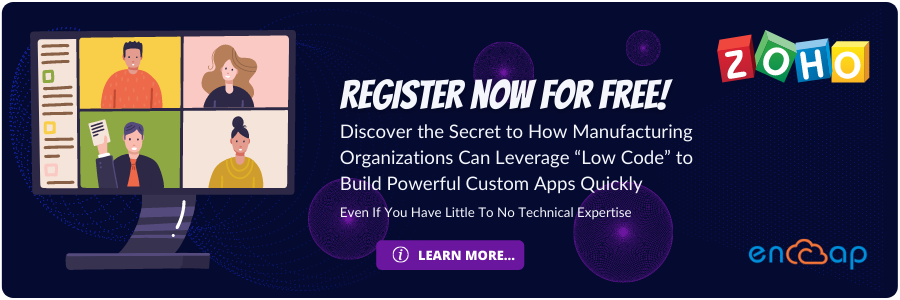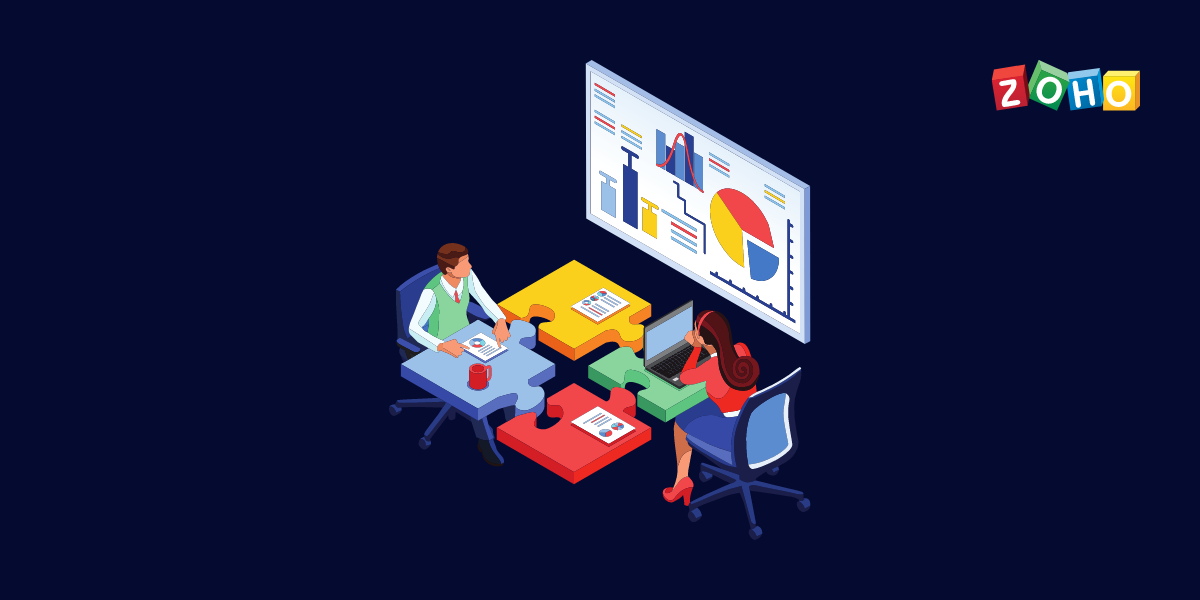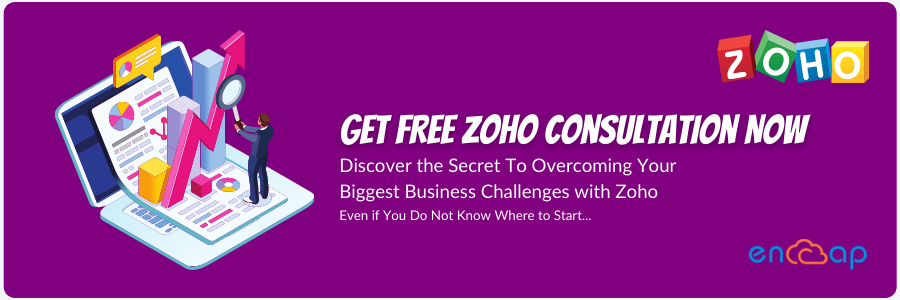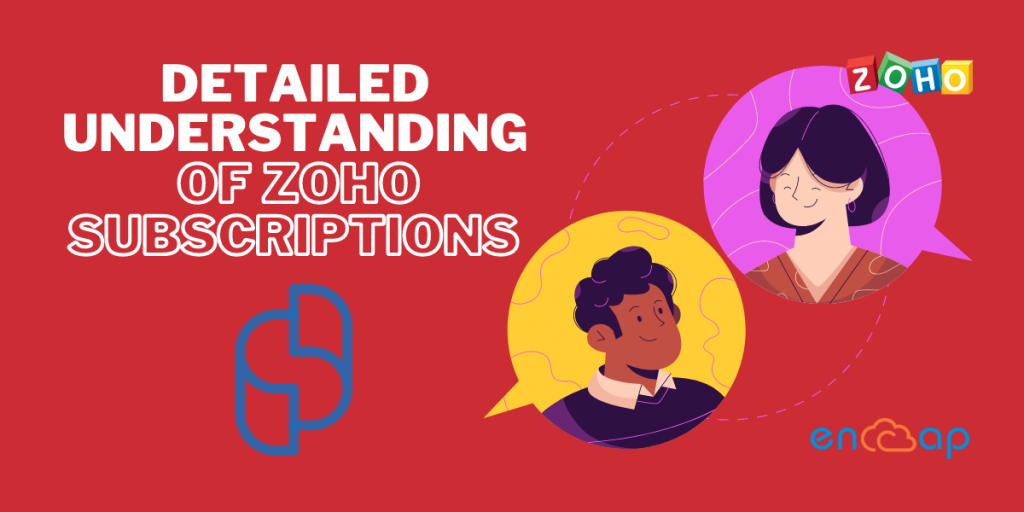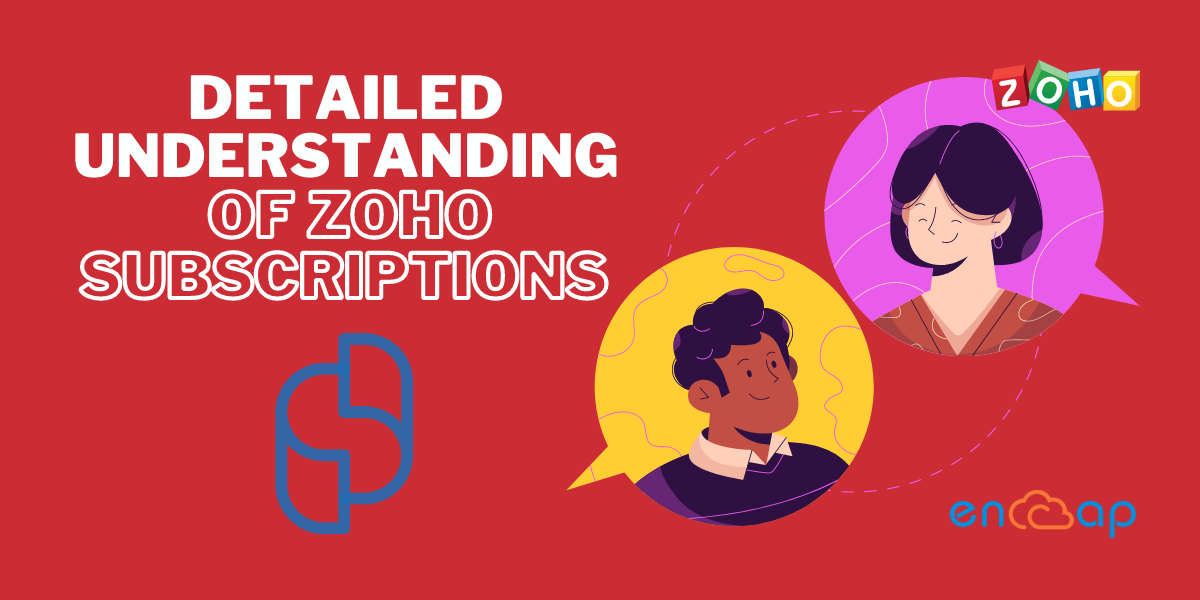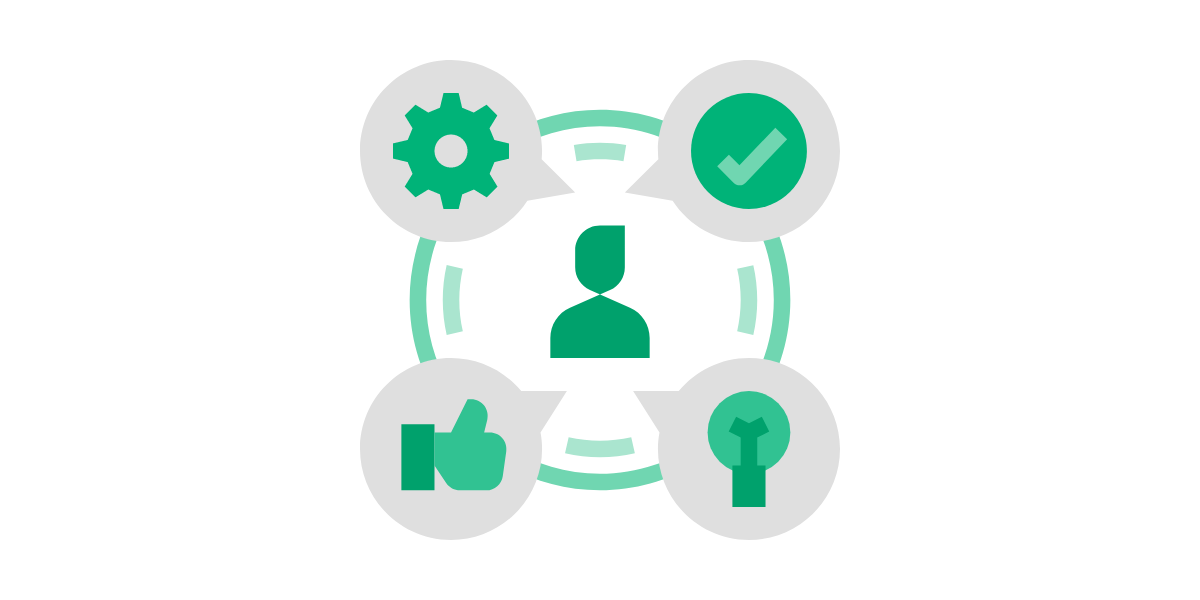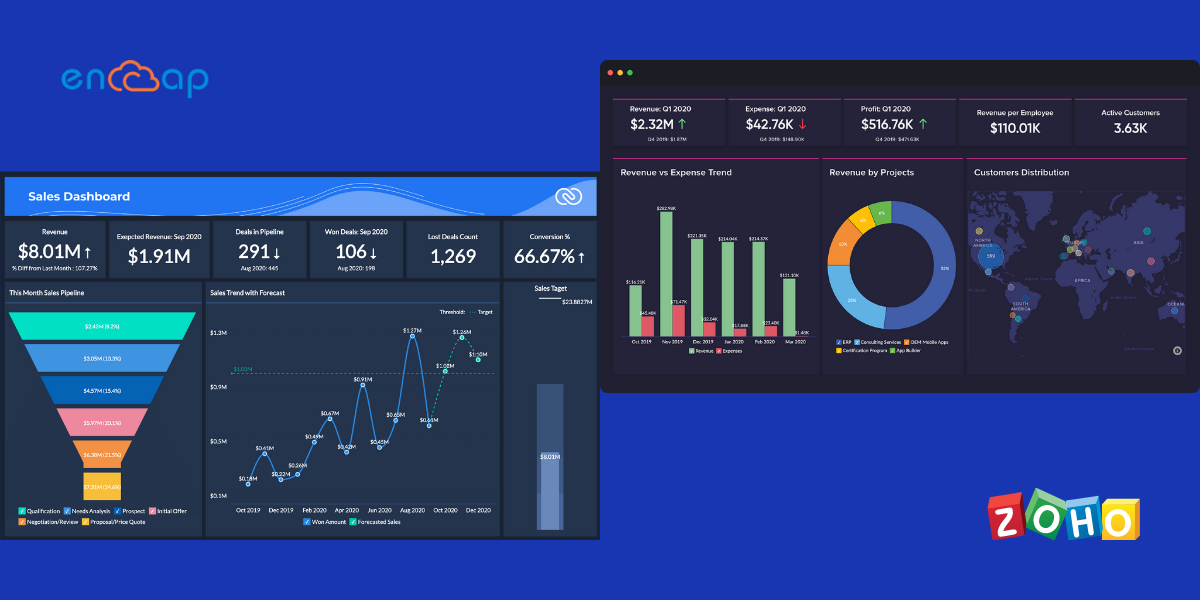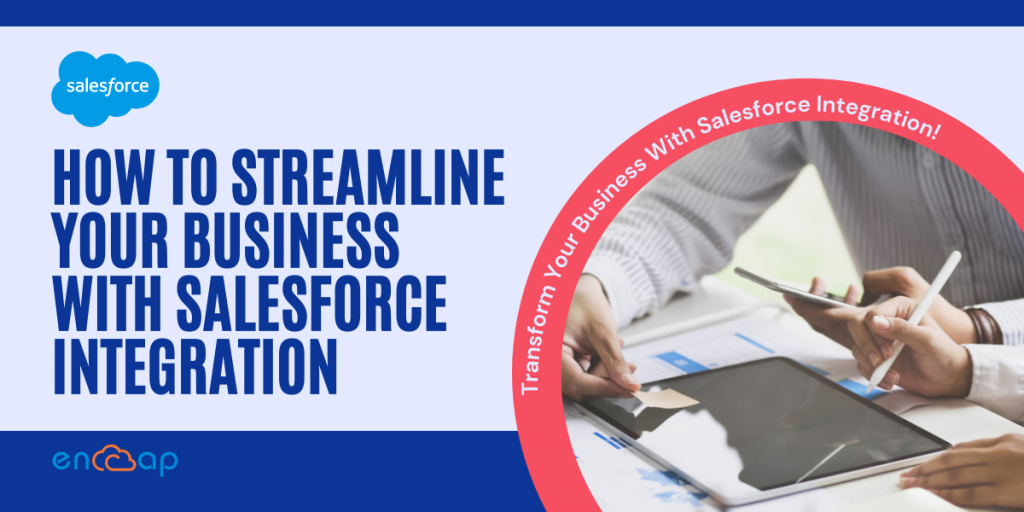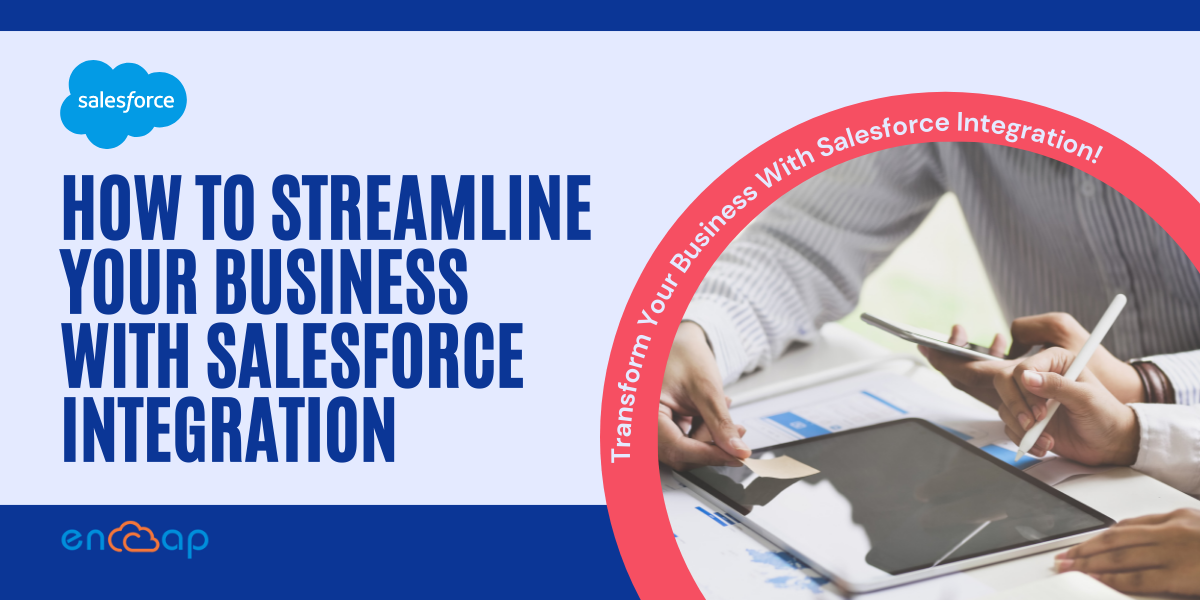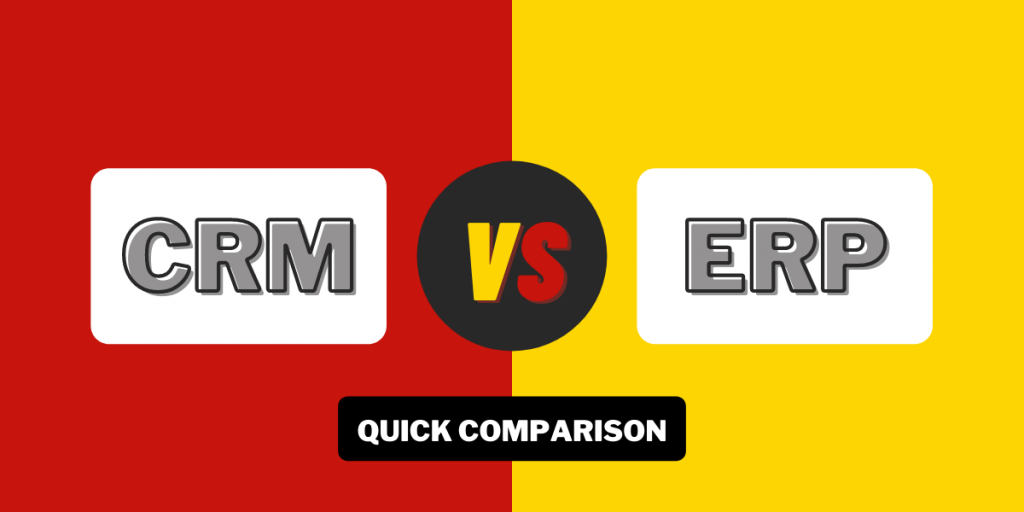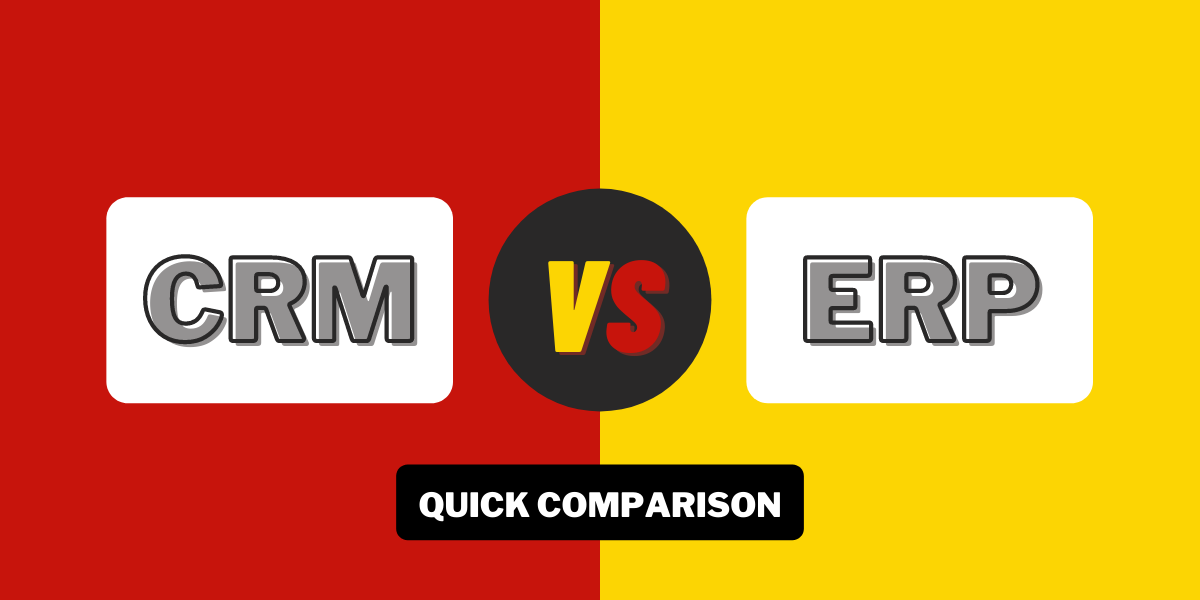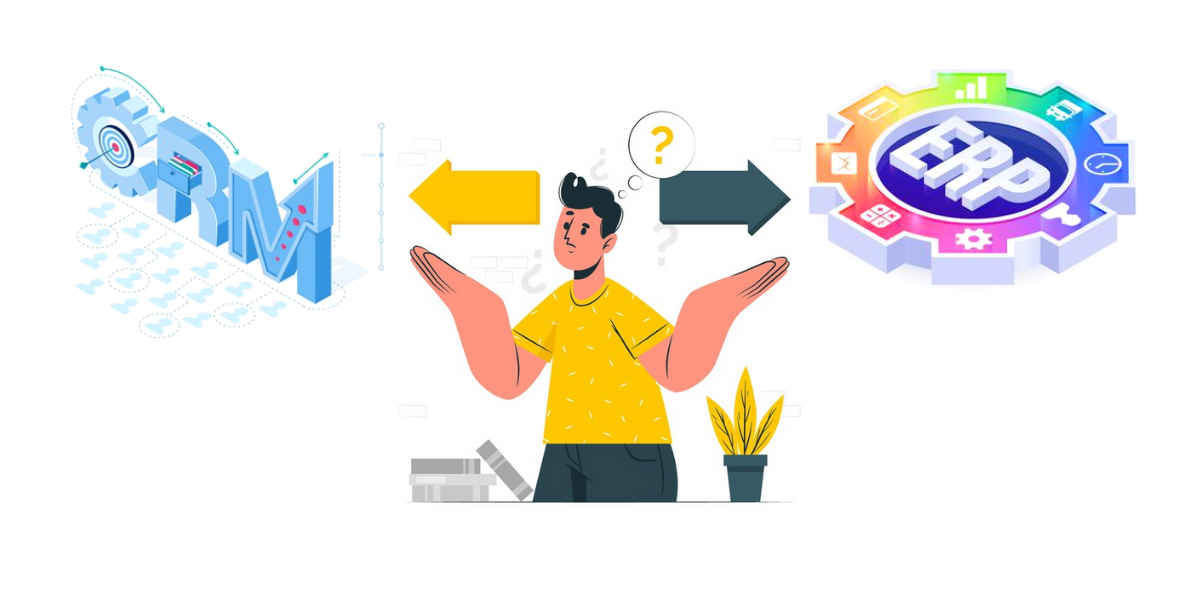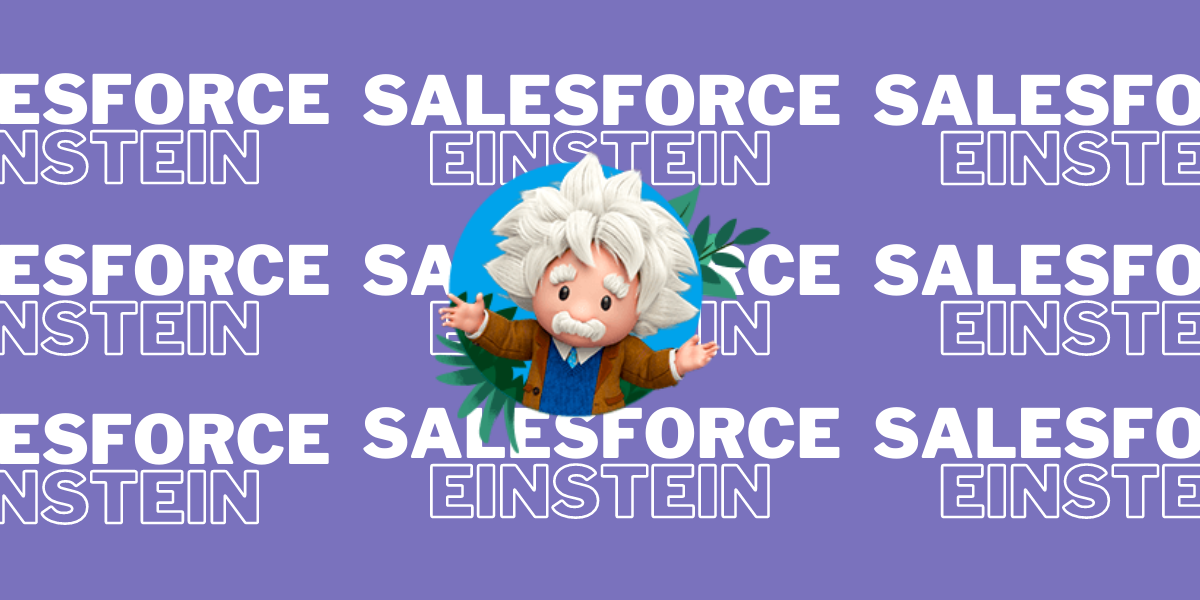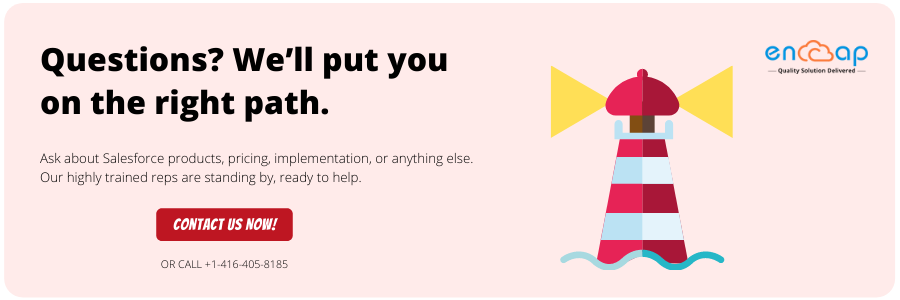Benefits of Low Code Apps in the Manufacturing Industry

All production sites strive for continuous improvement to achieve manufacturing excellence. The fundamental concept that underlines continuous development in the manufacturing industry is to enable the employees to solve the problems. Anytime the employees in a manufacturing store are questioned, they come up with an extensive list of concerns.
The solutions require the use of software-based technologies in the present production department. As a result, the design of these solutions creates the need for IT specialists which further results in the deployment of new IT-based solutions.
The low code application platforms are highly useful in this situation. The custom app development platforms such as Zoho enable quick development of software applications with minimal coding efforts. As a result, these platforms enable front-line workers to develop solutions without any knowledge of coding.
The domain specialists on the other hand can quickly develop bespoke apps to tackle their specific challenges. The Zoho Creator app development platforms help manufacturing professionals to develop flexible and efficient applications for different device types including tablets, workplace browser apps, smartphones, etc. This helps in making sure that the manufacturers make the most out of their domain expertise.
Why Use Low Code Application Platform for Manufacturing Industry?
A customized app development platform offers easy-to-use processes for building software applications with minimal coding efforts. There is a predefined software function block that can be customized using a graphical user interface which frequently includes the drag and drop components. The software function blocks may be joined to build bigger programs using the graphical user interface.
The event-based triggers are used in many systems to execute the business logic successfully and track the application interface when the end-user interacts with the applications. The low code application development platform shortens the time it takes to build applications and speeds up the delivery of commercial apps.
Hence, a wide spectrum of people, specifically the ones with a comprehensive understanding of business may also participate in the app development process. For example; the engineers may also use low code application development platforms for building applications that improve manufacturing operations in a short period of time.
The knowledgeable manufacturers are entrusting customized low code applications to their domain specialists in the manufacturing technologies. The low code makes it easy for the team to integrate operational technology and IT workflows, improve manufacturing automation, and assist the field operations team.
Low code applications are being used by businesses for overcoming programming gaps and speeding up application development as well. There is no doubt that low code application systems have many benefits including lower costs and shorter development cycles. Some other benefits include reduced training expenses, optimal development time, ability to iterate, low costs for testing and maintaining, and better resource allocation.
Introduction to Zoho Creator

All of us know the value of time in business and it is significant that we ensure to use it optimally. To make sure that this happens, we require a streamlined use of all our resources so that we can save both time and money.
The process of learning and implementing technology requires a lot of time and since most businesses are small to medium-sized, it is difficult for them to develop and maintain an overpriced tech team.
There is an increasing availability of low code app development platforms at the present time. These platforms allow non-programmers to build apps without learning languages such as Java, Python, or writing thousands of lines of codes. What’s more, learning and getting started with these platforms is quick and simple. It saves a lot of money during implementation as you can build the application. One such platform is that of Zoho Creator.
What is Zoho Creator?
In essence, Zoho Creator acts as a custom application creator that helps in managing your business. It enables you to collect all important information about your business in just one place and access it from anywhere and at any time making all processes faster.
The Zoho Creator app is available online which also means that you will not have to download anything. You can access the Zoho Creator app from any operating system or from mobile devices too.
Essentially, Zoho Creator aims to allow businesses to build multi-platform applications including simple call logs and complex ERPs. This advances the development process by offering a rich ecosystem of intuitive visual builders, pre-built templates, and code editors.
Why Use Zoho Creator?
There are many platforms available in the market that enable the customized application development and it is important to choose the one that fits your needs suitably. For example, a low code platform that is not designed to handle complex requirements. Similarly, there are platforms that focus on improving the productivity of a developer. Make sure that you choose the platform that works best for all developers.
Zoho Creator allows businesses to collect important data, automate processes and workflows, collaborate with other users, analyze data, and even integrate with external applications. Anytime you build an application on this custom application creator, you will be able to get a native iOS and a native Android app along with it so that the real-time data can be accessed from anywhere and anytime. The Zoho Creator app enables you to take control, unify the data, people, and even processes.
Some of the reasons why you should use Zoho Creator include:
1. Quick Web Development

Zoho Creator comes with a serverless backend that enables the team of an organization to build, run, and test applications without stressing about servers.
Enriched with a battle-tested production environment, the Zoho Creator environment includes a tech stack including app servers, infrastructure, databases, network, security, operating systems, and all platforms and interfaces that help in building the applications in the right way.
2. Secure Sharing, Accessing, and Collaboration

Zoho Creator app developers can collaborate in order to access and edit the applications. They have the option to share input forms, reports, and dashboards via a URL. Anyone can view, access, and change the data in the forms and reports from their mobile devices.
The users are always keen on making their database applications available for use in a safe manner. In addition to the role-based access, the business process management tool handles other security functions for ensuring security and accessing the applications.
3. Easy to Use and Accessible
Another thing that makes Zoho Creator stand out is the fact that it is simple to use the software. In addition to the fact that it doesn’t require complex installation, employees do not have to undergo extensive training for the sake of using the system efficiently.
The mobile application development done with Zoho Creator is highly flexible and comes with the benefit of personalization that fits the particular needs of a business. A cloud-based platform that enables all operations and data to be accessed through mobile devices, Zoho Creator eases the processes of organizations considerably.
4. Easy Integrations

The Zoho Creator is a low code application development platform that features a unified database for its custom application and hence all applications created in that tool share the same database. The users can look up and add details across the apps without additional integration.
Zoho Creator integrates with a number of applications like Zoho CRM, Zoho Books, Zoho Reports, Zoho Recruit, Zoho Campaigns, Zoho Invoice, Zoho Calendar, and so on. Similarly, it also integrates with many third-party applications like Salesforce, Zapier, QuickBooks, and Google Apps.
5. Graphical Interface Layer
Zoho creator also enables the users to build tables and forms on Zoho forms just by clicking a component and using drag and drop to the form. The business process management tool provides many options as to the various types of components and fields to create a database.
Additionally, it also includes dropdowns, checkboxes, lookup, radio buttons, and input fields to keep single and multi-line texts, numbers, email IDs, and percentages. All this can be done without any programming knowledge, but only with a little guidance on the process that must be followed.
Manufacturing Industry Undergoing Digital Transformation
The manufacturing industry is undergoing a rapid transformation at the present time while using a suite of technologies. Low code development is a weapon that all smart manufacturers are using. Earlier, the manufacturers faced many problems in hiring experienced developers to write the application and mobile applications.
The low code application development platforms solve this problem by enabling easy and quick customized applications. These platforms also make it easy for professional IT staff to write them. Using the low code application development platforms helps in building apps that improve productivity and reduce errors. It offers a drag and drop interface for building custom apps making the process simple and quick. They also allow for coding if there is a need for further customization.
In previous times, the custom applications offered a proven competitive edge to the businesses. These applications were tailor-made for an organization’s needs and helped in recording changing trends and demands while enabling it to compete with established market players. However, the applications could not be scaled because of constant operational pressure on IT teams to deliver more with few resources, shortage of skilled developers, and increased focus on IT functions such as data security and privacy.
The platforms such as Zoho Creator app development present a solution in the present time. Zoho Creator has a drag and drop interface that is easy to understand even for those who do not have knowledge of programming languages. With the citizen developers, organizations can meet the need for custom apps while leaving the IT teams completely free to deal with mission-critical issues. In addition, the low code app development platforms also handle issues such as deployment, scalability, and privacy. The result is improved agility, a synergy between business and IT, and quick time to market.
Increasing Demand of Low Code Among Manufacturing Businesses
With the low code platforms, organizations can quickly create new applications and launch them in the market as well. The overall IT productivity also improves in a cost-effective manner. Since there is a minimal learning curve, any adaptation does not seem like a hurdle. These factors drive low code adoption but accelerated further when the pandemic led businesses to think about their finances. In this way, low code platforms became one of the most important levers of survival strategy.
A low code application development platform allows organizations to build an app or an ecosystem of applications from the beginning. It extends the capabilities of an existing app or an app ecosystem, facilitates a seamless flow of information between on-premise, legacy, and SaaS apps, and also helps the organizations to design and develop a multi-experience ecosystem by default.
For instance, an application built on a low code platform is available as a native mobile app on iOS and Android devices without additional cost and minimal effort. These are some of the factors that improve market responsiveness, innovation, and competitive edge.
Conclusion
Zoho Creator is an excellent development platform for manufacturing businesses that are eagerly looking to enhance the efficiency of business operations. It is a platform that not only offers solutions with workflow capabilities but also eases and secures cloud storage at a great price point.
In addition, organizations can get the most out of the benefits that are offered by Zoho Creator by getting in touch with an experienced Zoho Creator Consultant who can implement and get the best of Zoho Creator benefits.
Encaptechno comes with extensive experience in providing the Zoho Creator implementation services. If you are looking forward to partnering with a dedicated, experienced, and credible consultant, then reach out to the team of Encaptechno for the best support as your Zoho Creator Consultants.
Benefits of Low Code Apps in the Manufacturing Industry Read More »
Zoho Implementation


